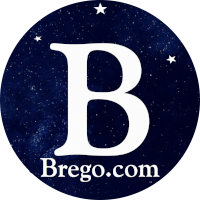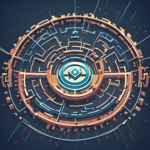An Introduction to Web3 Trading

The Revolution of Web3 Trading
The advent of blockchain technology and cryptocurrencies has opened the doors to a new era of finance and trading. Web3 trading is quickly emerging as the next evolution in how assets are exchanged. By removing intermediaries and leveraging the power of decentralized networks, Web3 has the potential to fundamentally change how trading occurs.
What is Web3 Trading?
At its core, Web3 trading refers to the decentralized exchange of assets, such as cryptocurrencies, tokens, and NFTs, through automated smart contracts on the blockchain. Instead of relying on brokers, banks, or other institutions to facilitate trades, Web3 allows peer-to-peer transactions...









